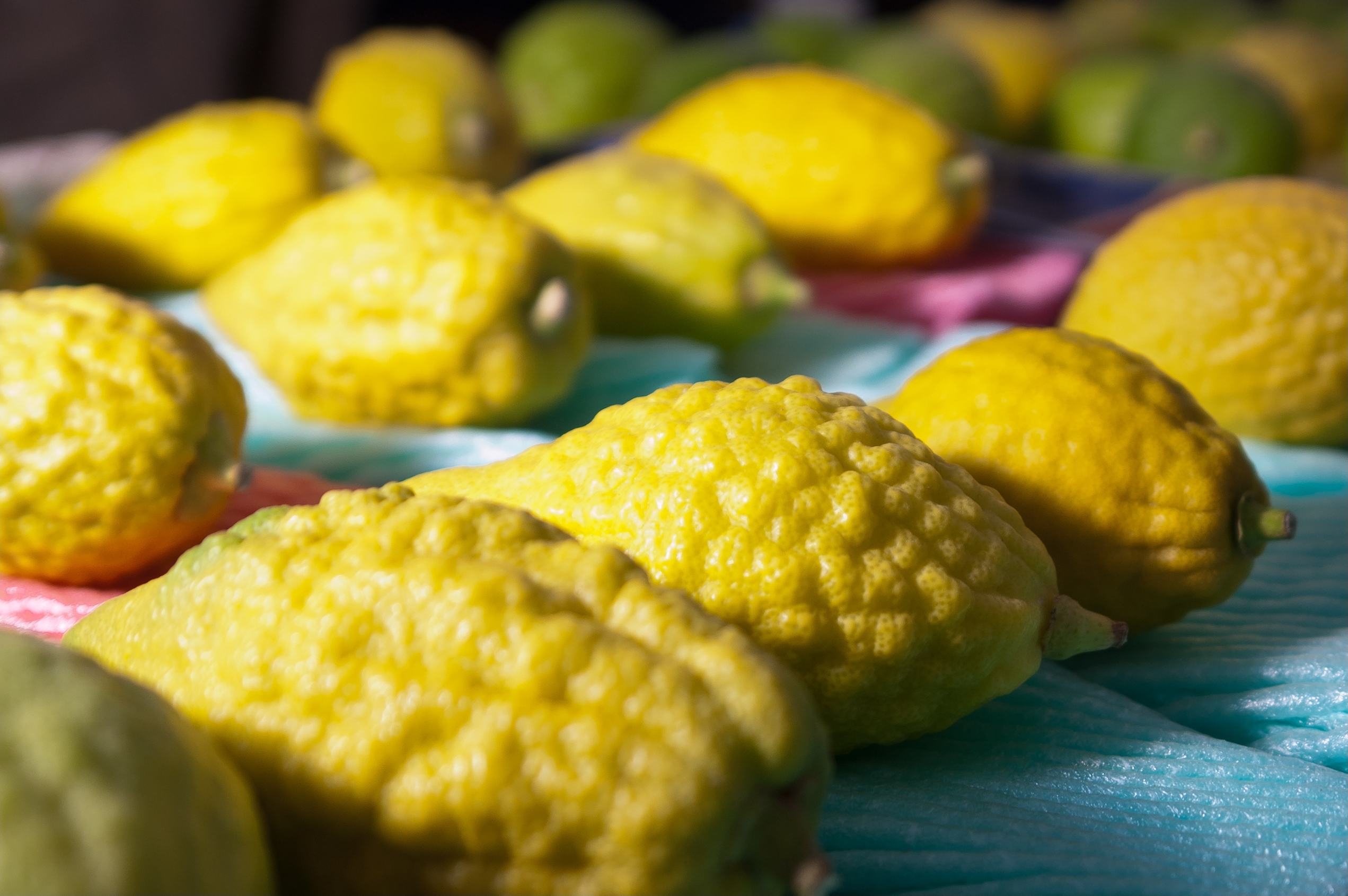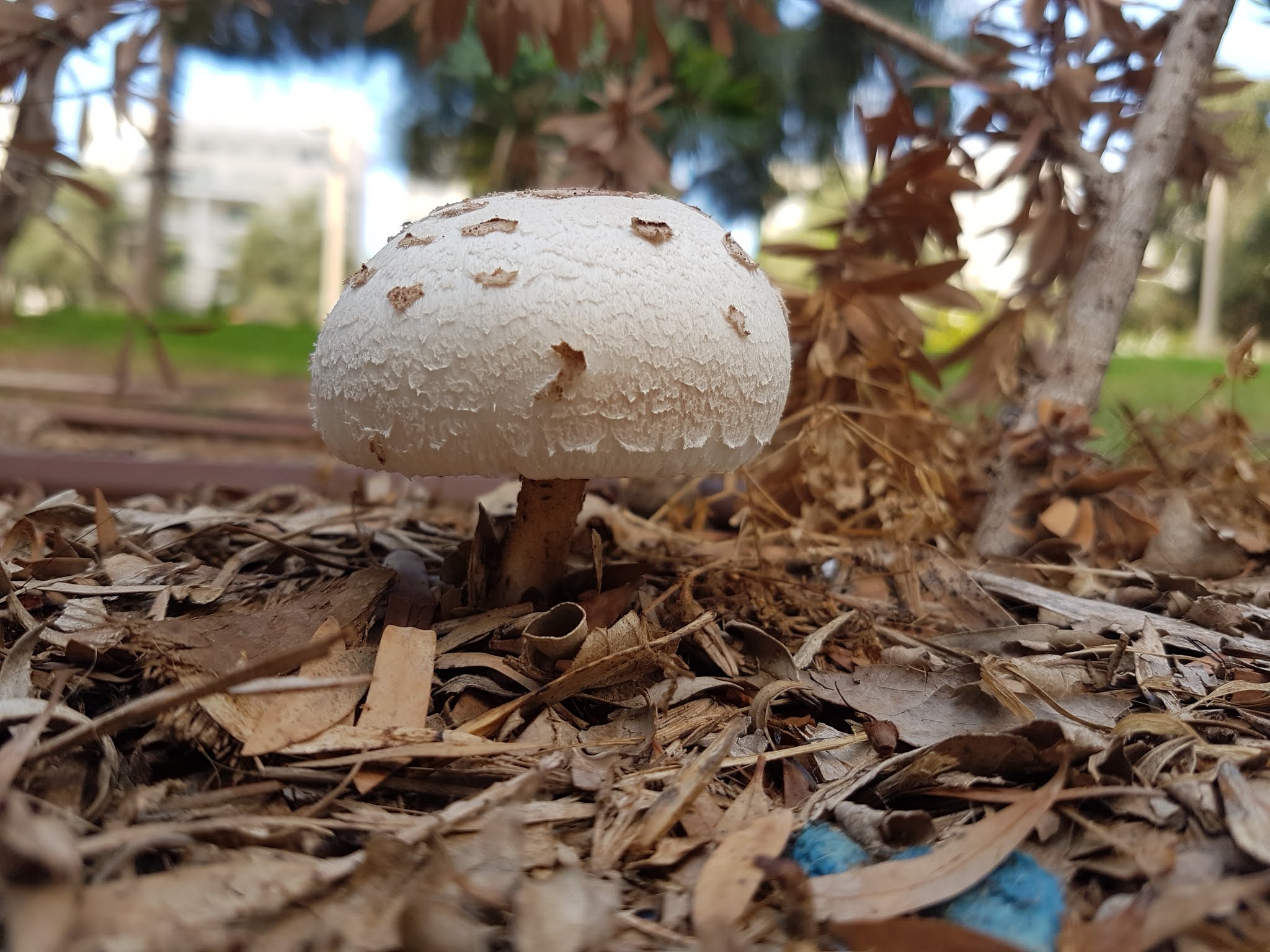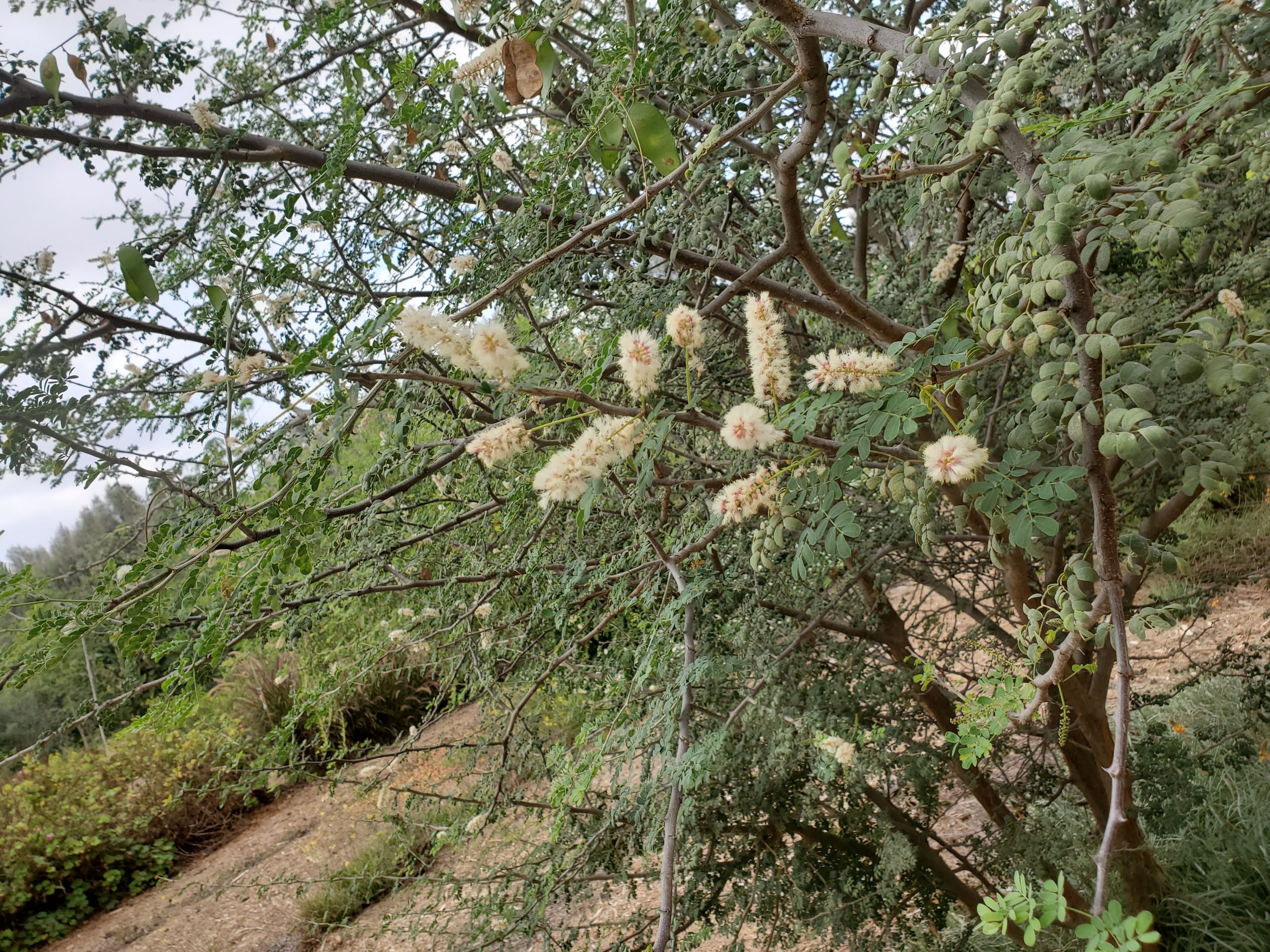Music for the plants
October 9, 2020Some gardeners claim that playing music for their garden plants helps them grow. Others even write music, especially for plants, to increase the growth rate. But can plants even hear? And if so, can this property be utilized to increase agricultural yields and feed the world's ever-growing population? Israeli scientists weigh in on the matter
Does playing music (or other sounds) to plants accelerate their growth or help them develop more successfully?
This question has generated a fair amount of buzz among plant scientists for a long time. There are those who don’t want to wait for science to come to a substantiated conclusion. A farmer from central Macedonia, for instance, who believes that classical music has a positive effect on plants, plays them pieces of the well-known Austrian composer, Wolfgang Amadeus Mozart. According to the farmer, playing classical music to his watermelons yielded him the sweetest fruits in the entire region.
Musician Mort Garson, a native of Canada, upped the ante, writing music exclusively for plants. The album “Mother Earth’s Plantasia,” released in 1976, with the title “Warm Earth Music for Plants … and People Who Love Them”, contained songs with names such as “Symphony for the Spider Plant” and “Concerto for Philodendron and Photos.” Initially, the album’s distribution was limited, but it gained more popularity over time, and in 2019, the album was re-released.
Prof. Daniel Chamovitz, President of Ben-Gurion University of the Negev and author of the popular science book “Plant: what does he know?” thinks that playing music may have a positive effect, but not necessarily on the plants.
“There may be an effect, no study contradicts that, but it could also hold for the people who grow the plants. There is no scientific proof that if we play music to our plants, they will grow faster or become better in quality. I assume that those farmers and gardeners who think that music is good for their plants simply become better farmers and gardeners when they play the music.”
Whether playing music has a positive effect on crops or farmers, there is no doubt that the world needs to appreciate every opportunity available in order to grow enough food to meet the world’s demand.
According to UN data, 821 million people suffered from malnutrition in 2018. This number is expected to increase significantly in the coming years due to dwindling resources caused by unsustainable human exploitation. In addition, the growing climate crisis and extreme weather events have devastating effects on agricultural areas and crop yields.
Hence, any potential measure that could increase agricultural efficiency and lead to a larger crop yield with minimal environmental damage should be seriously considered.
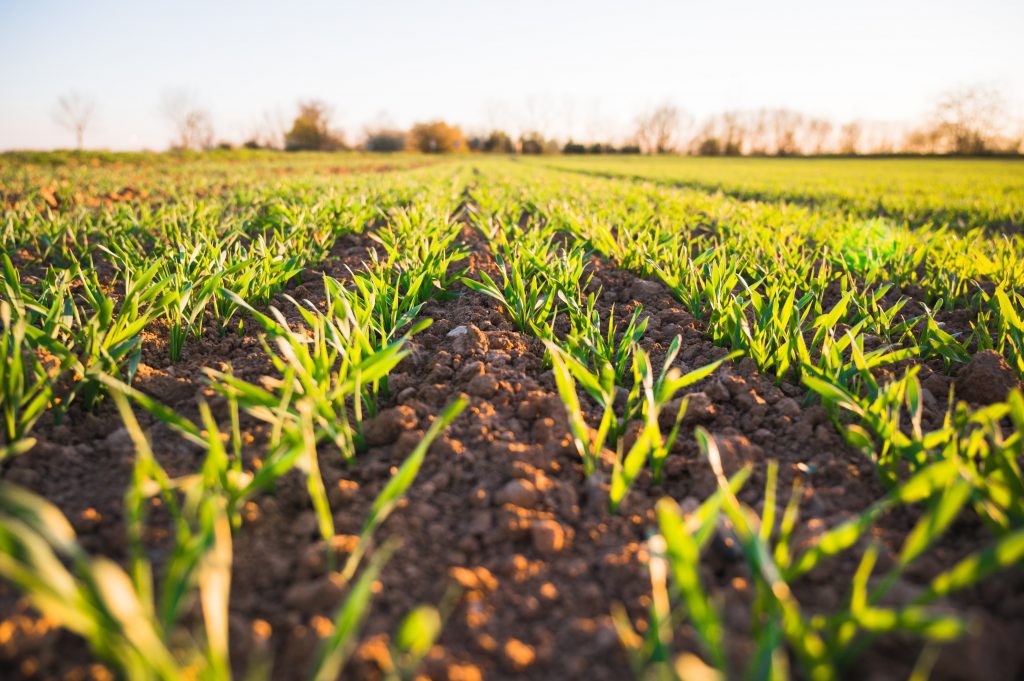
How do you hear without ears?
Aside from the scientific debates on the social and environmental importance stemming from this subject, there is also an anatomical or linguistic issue – after all, plants do not have ears, so how can we presume that they “hear” the music?
“When I am told that it does not make sense for plants to hear because they have no ears, I answer: plants see and have no eyes, plants smell and have no nose, so it is not surprising that they hear and have no ears,” says Chamovitz.
“True, today there is no clear scientific answer to the question ‘how do plants hear?’, but we know that in humans and other animals during the process of hearing, vibrations occur in the ear when subjected to sound waves,” he adds.
A study conducted in 2019 at the Faculty of Life Sciences at Tel Aviv University by Chamovitz, Prof. Lilach Hadani, Prof. Yossi Yuval, and Dr. Yuval Sapir has demonstrated that three minutes after the Beach evening-primrose (Oenothera drummondii) “heard” the sound of bee wings, the concentration of sugar in its nectar increased by about 20 percent.
“This figure shows us that the Beach evening-primrose uses sound frequencies to survive,” says Chamovitz. “The higher the sugar concentration in its nectar, the more pollinators will want to come and drink from it.”
“This finding may not be useful to farmers and gardeners, but it might help them improve the pollen of the Beach evening-primrose and other plants – if it turns out that they react the same way, “explains Prof. Yuval. “Of course, this finding is also important as a basic scientific fact: a new aspect of communication between plants and animals, which we did not know before.”
“There is a high chance that this phenomenon also exists in other flowers, and not only in the Beach evening-primrose – but that question, of course, requires further examination,” adds Professor Hadani.
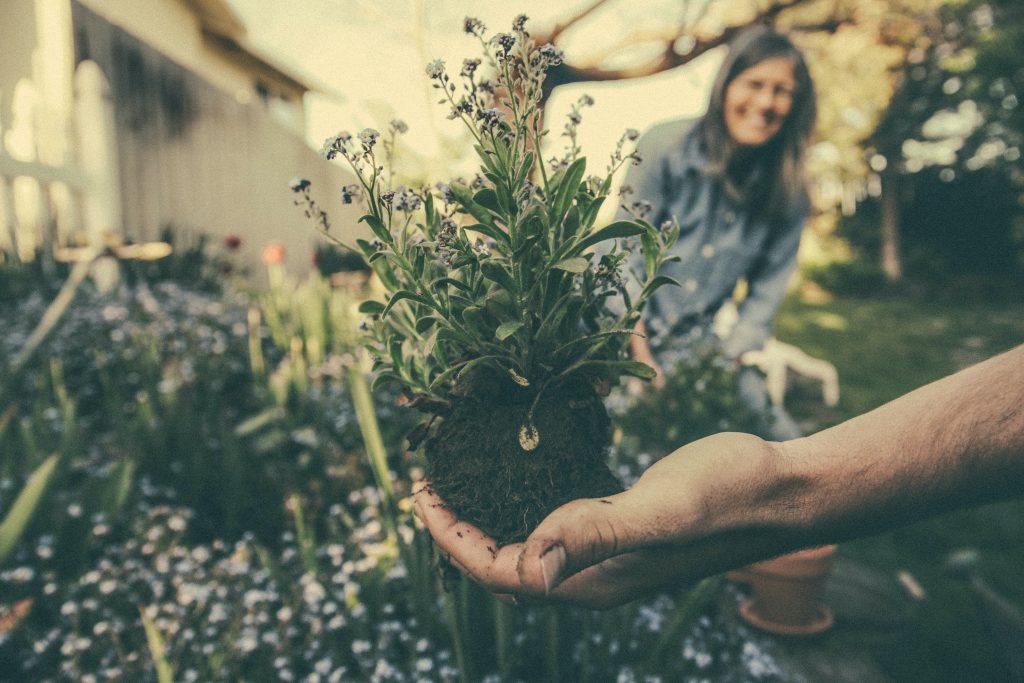
Moving towards the water
Further research may support the claim that playing music promotes plant growth. For example, in a study published in 2017 by researchers at the University of Western Australia, it was claimed that a cultivated pea plant (Pisum sativum) is able, under laboratory conditions, to sense the movement of water in the soil and pipes and thus direct the growth of their roots towards this water. Apparently, the plant was also sensing the degree of moisture in the soil and used it for directional accuracy.
This process has a common denominator with the process that had been observed in the Beach evening-primrose: both plants respond in order to survive, and in both responses, plants rely on different sound frequencies.
According to Chamovitz, this is a preliminary study that requires external validation, and Yuval adds that “today, Prof. Monica Gagliano, who headed the research team of the Australian study, is the main researcher in the field of ‘plant hearing’ – and on the face of it the study seems convincing.”
“The reason there is little research on the topic of sounds and plants is that most plant researchers do not understand sound, and most sound researchers do not understand plants,” says Yuval. Despite the relative lack in research in that field, Hadani maintains his optimism: “There are certain mechanisms in the academic system that actually encourage ‘adventurous’ studies like this, and there are funding pathways, like FIRST (Focal Initiatives in Science and Technology), which supports high-risk research like ours.”
According to Hadani, more studies in the field will be published soon, and with increasing knowledge, it might be possible that also the world of agriculture will consider adopting innovative and more unconventional methods to optimize agricultural output.
This ZAVIT article was also published in The Jewish Journal on 10/05/2020.
